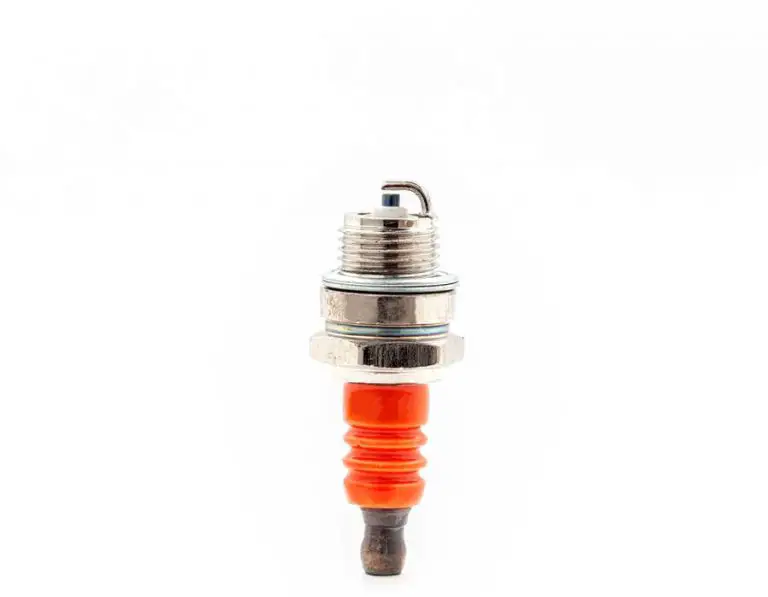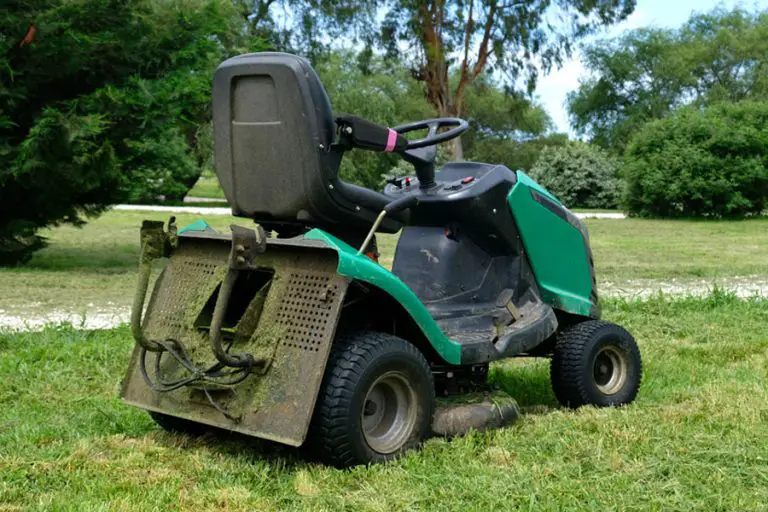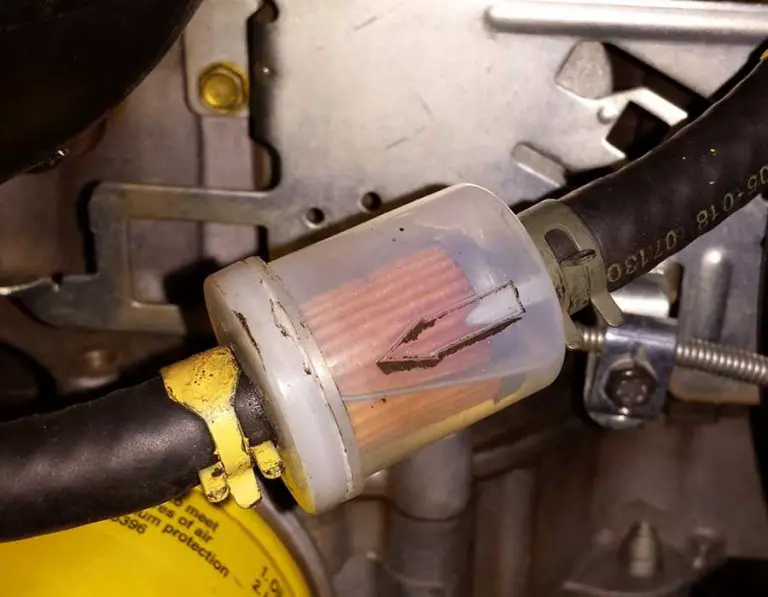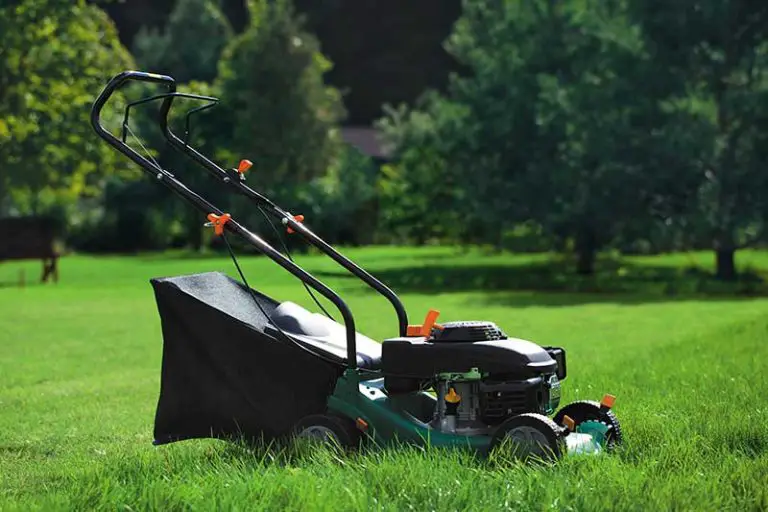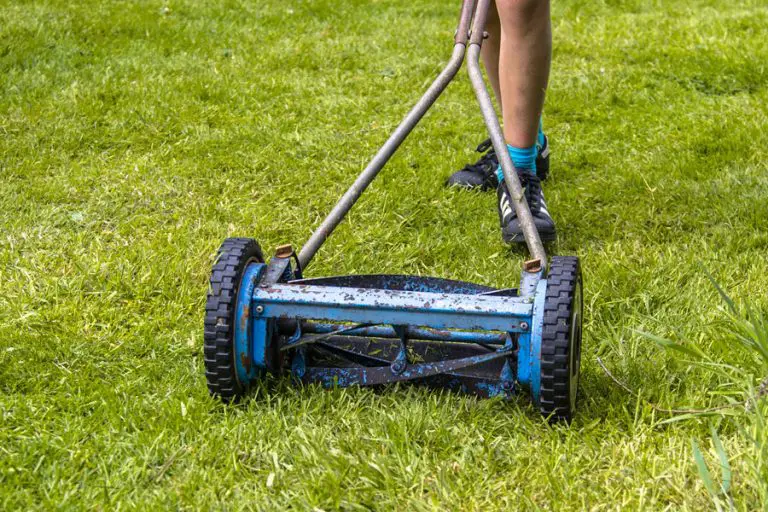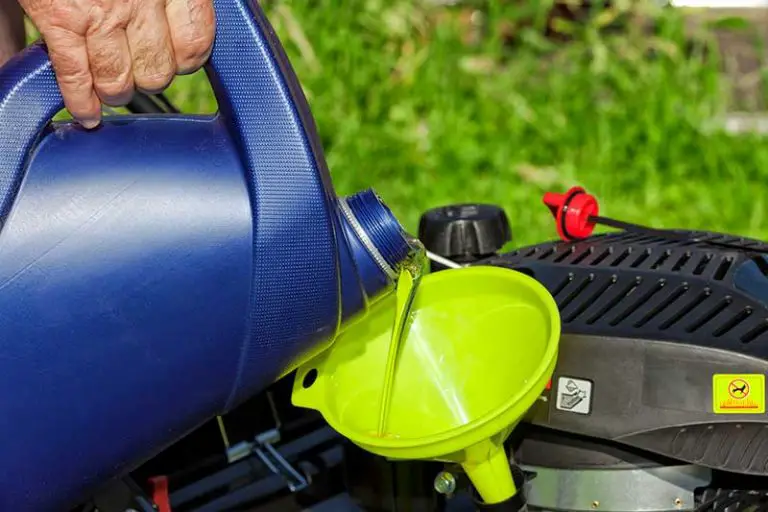Best Time To Mow Your Lawn
Driving through our neighborhood with the window turned down, the smell of freshly cut grass drew my attention to the different lawns on display in the early morning sunlight. Some were lush and vivid green, others not as well-manicured, and some required an excellent trim. My patch of grass at home needed care, so when would be the best time to mow the lawn!
The best times to mow the lawn are mid-morning between 8 and 10 am or between 4 and 6 pm in the late afternoon. Factors such as weather, season, and condition of the lawn should all be considered when deciding on the right time of day to mow your lawn.
We know what time is best to mow our lawns but which times are the worst, and how these could affect healthy grass. When should be the best time to mow lawns during the different seasons, and what tips can ensure our lawns are in good condition!
What is the Best Time Of Day To Mow Your Lawn?
The best times of day to mow your lawn are:
- Mid-Morning between 8 am – 10 am. Morning dew, rain, or irrigation may cause the grass to be damp. By 8 am the grass should be dried out enough for a trim and will allow the grass to recover from the cut before the heat of the day.
- Late afternoon between 4 pm – 6 pm. At this time of day, the temperature becomes more relaxed and will allow the grass enough time to recover before nightfall, when it is most susceptible to fungus and turf diseases like brown patch or dollar spot.
What Time Of Day Is The Worst To Mow Your Lawn?
The worst times of day to mow your lawn are:
- Early morning between 6 am-8 am. As the grass could still be wet from dew or irrigation, mowing the lawn at this time could cause the grass to tear instead of slice resulting in visible ruts and root damage. These will harm the quality of the cut. Wet grass clogs up and damages mowers.
- Midday between 2 pm – 4 pm. Exposing cut lawn at this time of day when the sun is at its highest and hottest will accelerate moisture loss and could cause the grass to turn yellow or brown as the sun dries it out.
- Evenings from 7 pm – 9 pm. Although the temperature cools down in the evenings, cut grass will not have enough time to recover, and exposure to dew will allow easy access to fungal disease.
A Couple Of Caveats
Depending on where you live and changes in the weather, the ideal times for mowing lawns may not always be possible. For instance, if it starts to rain during an ideal mowing window, don’t mow based on the time; mowing wet grass is hazardous and should be avoided regardless of the time of day.
Using common sense and adjusting to the weather conditions will help determine the best time for mowing the lawn.
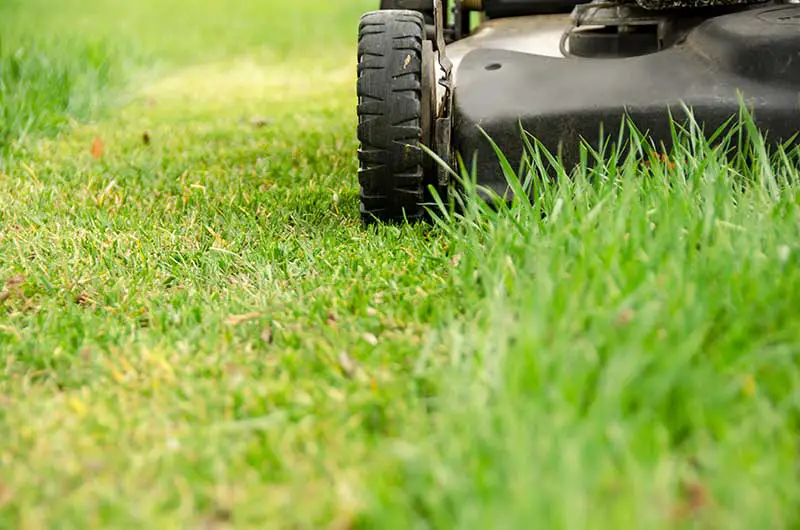
When To Mow Your Lawn During The 4 Seasons
During the four seasons, the lawn is exposed to different temperatures and weather conditions, so the best time to mow the lawn would be as follows:
When To Mow Your Lawn During Spring:
During spring, the grass develops healthy roots, so it is advisable to wait until at least 2 inches tall before mowing. If you have seeded or laid sod, timing is especially important when mowing new grass for the first time. If frost occurs, mow the grass a little longer than usual as frost can be rough on new growth and can cause dehydration.
Wet conditions in spring cause a rush in growth, making the grass challenging to mow. Wait until the grass has dried before mowing. Mow the grass every 3-5 days to ensure a clean and manicured look. Fertilizing in early and late spring prepares the lawn for new growth, and these nutrients need time to be absorbed, so wait before mowing the lawn.
When To Mow Your Lawn During Summer:
In early summer, mowing the lawn a higher length will ensure that the roots and soil stay moist to reduce the need for watering. Leave grass clippings on the lawn where they can act as a natural mulch and fertilizer; once they break down, they will feed the grass. Water the lawn very well to support root growth.
In mid-summer, keep mowing the lawn at a high length making sure the mower blades are sharp. Setting the blades higher will prevent the grass from being cut too short, making it more susceptible to heat damage. Sharpen mower blades regularly to ensure that the blades are cutting the grass.
It would be advisable not to mow cool-season grasses on hot days, and warm-season lawns will require more frequent mowing. Be sure to water the grass deeply every week.
When To Mow Your Lawn During Autumn:
In autumn, bald spots on lawns that are leftover from summer can be repaired by overseeding. The soil must be kept moist so water it once a day until they are high enough to be cut.
Fallen leaves block out the sunlight and cause the grass to thin out. To prevent this, mulch the leaves with a lawnmower.
Mow the lawn 1 to 2 inches shorter than for summer and continue to mow the grass shorter until the grass stops growing in winter. See our article How Short to Cut Grass Before Winter for guidance on your last mow of the season.
When To Mow Your Lawn During Winter:
In winter, if the weather is warm enough for the grass to grow and the days are dry and the soil firm, it is acceptable to mow the lawn. Set the mower to about 2 inches and mow regularly, depending on the weather. It is best to wait until there is growth and the color of the grass changes before cutting the grass.
Other Useful Tips When Cutting Your Lawn
Below are some tips to use when mowing your lawn:
- The ideal way to cut grass is to take a little off the top once a week. By doing this, healthy growth is encouraged, and more profound root development is promoted, which will leave your lawn in a better position to withstand drought conditions.
- The blades should be sharp and in good shape. Blunt blades tear at the grass instead of cutting.
- Do not cut the lawn too short to avoid exposure of new roots to direct sun, which deters growth.
- Alternating mowing patterns will prevent grass from looking barren.
- After cutting, water the grass a little more than usual for two days to improve health and appearance.
- The ideal time of day for irrigation is at about 5 am. Watering once a week allows the water to penetrate the soil and make the lawn more tolerant in dry conditions, and this will also cut down on weeds.
- Mulching grass clippings into your lawn recycle valuable nutrients and moisture back into the soil.
Conclusion
Although the ideal time to mow your lawn would be early morning or early evening when the grass is drier, and the temperature is not too hot, these best times could be adjusted to cater to changes in weather and the climate in your area.
Applying common sense and adhering to the general guidelines for why these are the best times to cut your grass will ensure that your lawn is healthy and in good condition. Taking care of your grass by regular mowing, adequately supplying water, and nurturing during the different seasons, will reward you with a fine manicured and beautiful lawn!
To mow your grass into a manicured, aesthetically pleasing lawn, follow the tips in our article How to Stripe a Lawn.

